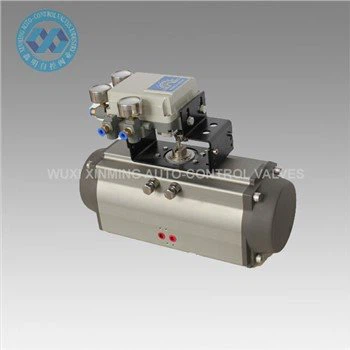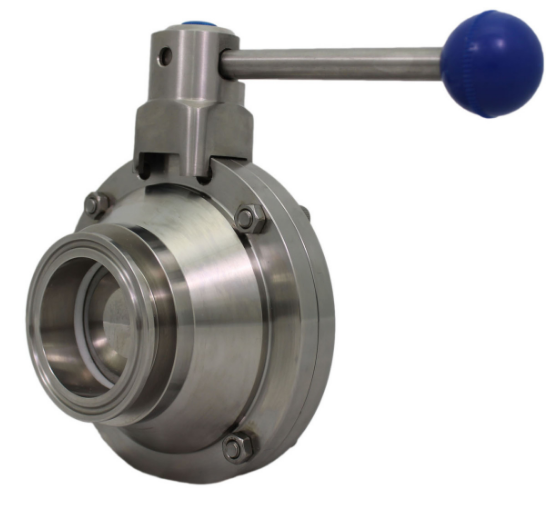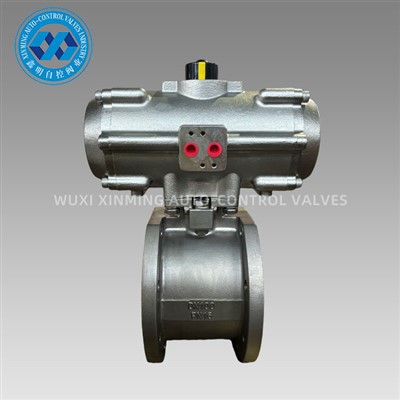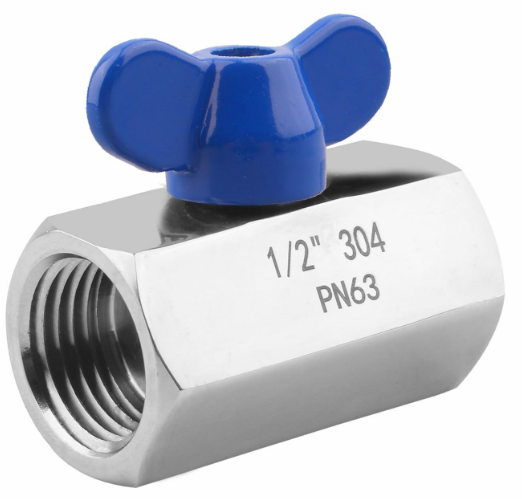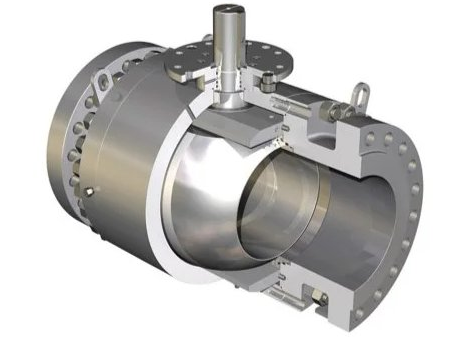Introduction
A pneumatic actuator butterfly valve is a widely used flow control device in industrial pipelines, combining the simplicity of a butterfly valve with the automation of a pneumatic actuator. This combination allows for quick and reliable control of fluid flow using compressed air, making it ideal for applications that require fast operation, durability, and low maintenance.
In this guide, we will explore what a pneumatic actuator butterfly valve is, how it works, its main types, key benefits, and common industrial applications.
What is a Pneumatic Actuator Butterfly Valve?
A butterfly valve is a quarter-turn valve that uses a circular disc to regulate fluid flow. When integrated with a pneumatic actuator, the valve can be opened or closed automatically using compressed air. This design provides:
-
Fast response times
-
High reliability in harsh environments
-
Low operational cost compared to electric or hydraulic systems
Working Principle
-
Air Supply – Compressed air enters the pneumatic actuator chamber.
-
Actuator Movement – The air pressure pushes a piston or vane inside the actuator.
-
Torque Transfer – The piston’s movement is converted into a rotary motion.
-
Valve Operation – The rotary motion turns the valve stem, rotating the disc between the open and closed positions.
-
Flow Control – The disc’s angle determines the flow rate through the pipeline.
Types of Pneumatic Actuator Butterfly Valves
-
Single-Acting (Spring Return)
-
Uses compressed air to open (or close) the valve and a spring to return it to its default position.
-
Ideal for fail-safe operations.
-
-
Double-Acting
-
Uses compressed air for both opening and closing actions.
-
Offers greater control and is suitable for high-cycle applications.
-
-
Wafer Type
-
Compact, lightweight design that fits between flanges.
-
Common in low to medium pressure applications.
-
-
Lug Type
-
Features threaded lugs for easy installation and maintenance.
-
Suitable for systems that require disconnection from one side.
-
Key Benefits
-
Fast Operation – Opens or closes in under one second.
-
Energy Efficient – Uses inexpensive compressed air.
-
Durable – Can withstand corrosive environments with proper material selection.
-
Low Maintenance – Simple design with fewer moving parts than other valve types.
-
Automation Ready – Easily integrated with control systems for remote operation.
Applications
Pneumatic actuator butterfly valves are used in:
-
Water Treatment Plants – Controlling water flow in filtration and distribution.
-
Chemical Processing – Handling corrosive liquids and gases.
-
Food and Beverage Industry – Managing sanitary processing lines.
-
Oil and Gas – Isolating and regulating process fluids.
-
HVAC Systems – Controlling air and water flow in heating and cooling networks.
Maintenance Tips
-
Regularly check for air leaks in actuator lines.
-
Inspect the valve disc and seat for wear or corrosion.
-
Lubricate moving parts according to manufacturer recommendations.
-
Test the actuator’s operation to ensure fail-safe performance.
Conclusion
A pneumatic actuator butterfly valve offers a cost-effective, fast, and reliable solution for automated fluid control in various industries. With the right selection of materials and actuator type, it can deliver long-term, low-maintenance performance in even the most demanding applications.
If you want to learn more about low-priced products, please visit the following website: www.xm-valveactuator.com







